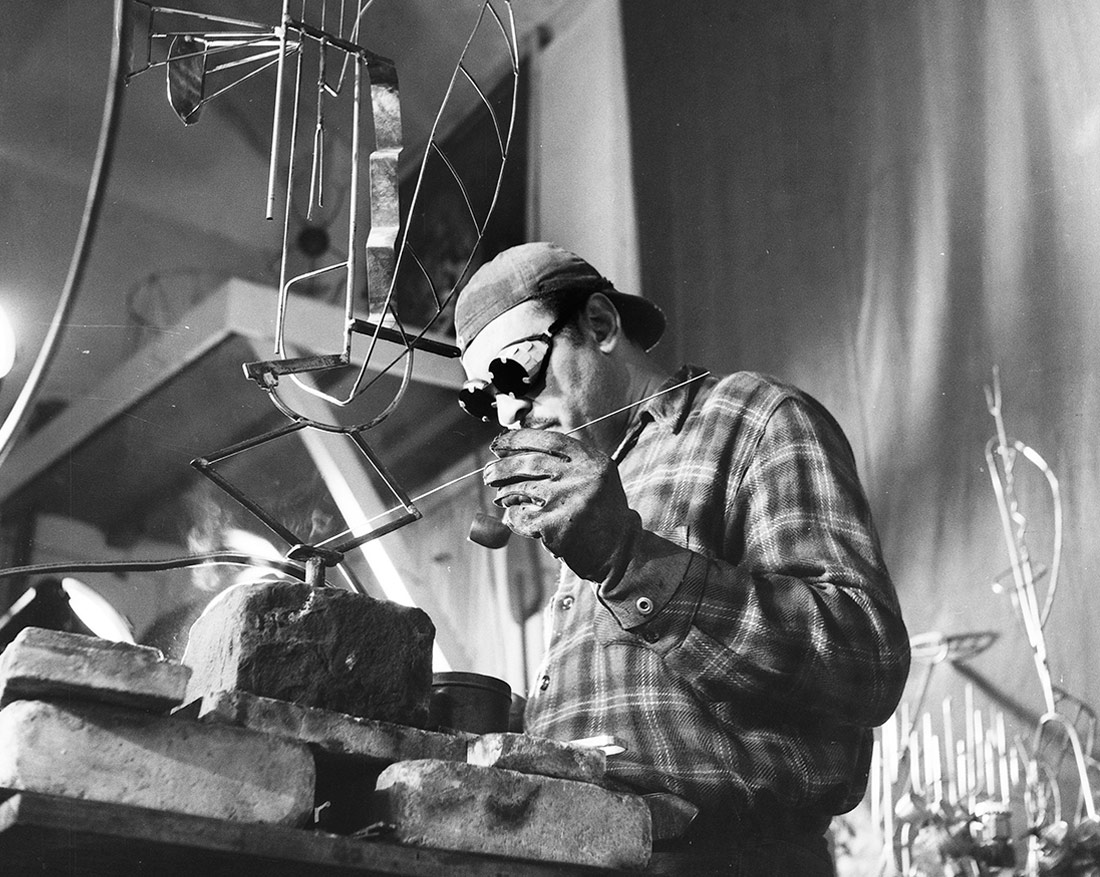
Harold Cousins, US Sculptor | The U.S. National Archives | No known copyright restrictions
Citizen science is an activity that brings members of the public together as part of a shared experience, something it has in common with the worlds of cultural and artistic creation. Both the arts and citizen science respond to a certain curiosity as well as providing a path for group research, learning and reflection. When it comes to citizen science, strategies taken from the fields of culture and artistic creation may prove more effective than those used by scientific research centres. This article is part of a series about citizen science based on the experience of OpenSystems.
Leonardo da Vinci, who gave little credence to disciplines, understood the word “science” to mean “knowledge” and the word “art” as reflecting “know-how”. The passion for creating a painting with different natural elements could therefore involve a whole process of scientific research, while the obsession reflected in a sketch of one of his machines or anatomical drawings necessitated considerable artistic talent. His approach to art and science as inseparable components clearly conveys his desire to learn and gain knowledge on an infinite array of subjects.
A strong parallel can be drawn between Leonardo’s approach and the enthusiasm that leads scientific citizens to become involved in a citizen science research project. If citizen science wishes to leverage these refreshingly undisciplined currents of enthusiasm and curiosity, it must be a first-hand experience that rises to the challenge of being a dynamic, contingent and adaptative experience based on the personal life experience of the participants.
The contemporary art scene is home to an entire constellation of Leonardos. The intimate, personal science they apply in their work may offer an inspiring benchmark to refresh the approach taken by citizen science. In 2015, Carsten Höller, professional entomologist turned (also professional) artist, presented his exhibition “Decision” at the Hayward Gallery. The project, in the format of a survey show, transforms the exhibition space into a series of “experimental environments” that invite visitors to act as subjects in the experiment. The exhibition thus becomes a means of carrying out collective research on behavioural science in a more natural setting than the laboratory, which is both restrictive and exclusive.
Tomás Saraceno, another artist who works like a scientist, has become obsessed with spiders and the webs they weave; so much so that he has hundreds of them in his studio in Berlin. In 2018 he published an article together with a number of scientists in a prestigious journal to set out the results of his research. The artist has invented a device for the 3D mapping of spiders’ webs, revealing new details of the topology of these webs and how they are built. Strangely enough, this work method had not previously occurred to the scientific community, a fact which was highlighted in Nature. Then there is Saraceno’s project Aerocene, also presented in the CCCB exhibition “After the End of the World”, which envisages fuel-free aerial transport based on atmospheric currents and energy flows generated by the Earth’s rotation around the Sun. The work, promoted by a collective that acts as a scientific research group, has the potential to produce surprising results in the near future that are bound to also have an impact on academic circles.
Also as part of “After the End of the World”, between autumn 2017 and spring 2018, the City Station was set up. This space for citizen action temporarily moved into a community area reclaimed by local residents in Barcelona’s Sant Martí district to provide a series of infrastructures. The artist and engineer Natalie Jeremijenko made this the temporary headquarters of her Environmental Health Clinic, which envisaged a mutualistic and cooperative relationship between different agents for the purpose of improving the quality of urban land, expanding green areas and improving air quality, as well as other aspects. One of the most successful activities, xAir, was deployed throughout the city in an effort to gather measurements of nitrogen dioxide concentration at 725 different points across Barcelona. In terms of effort and precision, it was the first initiative of its kind to take place in the city.
On the occasion of the FiraTàrrega street art festival, and in collaboration with the artist Ada Vilaró, at OpenSystems we explored the synergies between the methods and practices of performance arts and science. To mark the opening of the festival in 2017, UrGENTestimar studied the public’s decision-making by submerging people in an experience involving individual recognition and knowledge. As a way to stimulate collective reflection on the urgent need to relate to each other, the access points to the town’s main square, where the performance was installed, were fitted with digital devices where people could interact with each other via games. These games created different situations, such as inviting people to pair up and look each other in the eyes. Using a similar method, also with Ada Vilaró, we have worked with the inmates at Barcelona’s women’s prison (Wad-Ras) as part of the Escena Poblenou festival. The public on the outside were invited to listen to recordings of the female inmates voicing their thoughts and to respond in the moment with an action. By taking the characteristic precision and order of science together with the insubordination and disobedience typical of the arts, it is possible to imagine a type of citizen science that provokes group reflection on shared concerns in public spaces that are not the usual scene of scientific research.
This kind of reflection provided the basis for the project ConsCIÈNCIES a la plaça, cocreated as part of the activities for the 2019 City and Science Biennial organised by Barcelona City Council. OpenSystems, Nus Cooperativa and the Elisava feminist students and alumni group came up with the idea of a blended performance and collective research activity with a gender perspective. In this case, the aim was to explore the interactions that take place in the public space when the local residents react to situations of gender violence. In a public square, the locals are presented with a series of characters and their monologues revealing different situations in which they don’t know what to do. At the same time, a temporary installation with tablets gathers data and makes observations as part of a participative research project involving different groups from the city. The activities carried out in the squares give an insight into our collective interactions and individual attitudes, while the local residents are given food for thought and awareness thanks to realistic dramatized situations in which the fictional characters must decide whether or not to act in situations of gender violence that occur in the street.
In this way, citizen science involving dramatization, motivation, action and public display, seeks to turn scientific experiments into a shared experience. This drive to make science a shared experience means that it is maladapted to current research centres, but it may find strong synergies with artists, cultural centres and museums. Thanks to the knowledge it generates, science – more experiential, personal and in touch with the public – will be the “sister of experience”, as Leonardo would say. We shouldn’t forget the importance of an experience-based, strongly rooted science. And, drawing once again from Leonardo when he said, “study without desire spoils the memory, and it retains nothing that it takes in”, it is also important to keep the excitement and passion for research alive. The desire to conduct research grows exponentially if it is participative in the way envisaged by citizen science.
Members of OpenSystems who have participated in writing this article: Isabelle Bonhoure, Anna Cigarini, Josep Perelló and Julián Vicens.
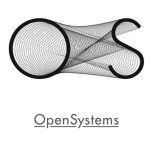
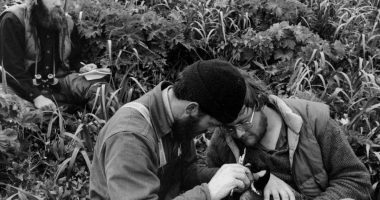
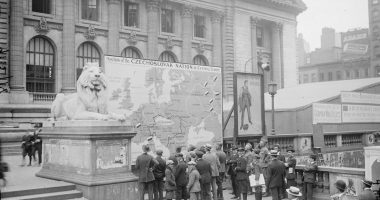
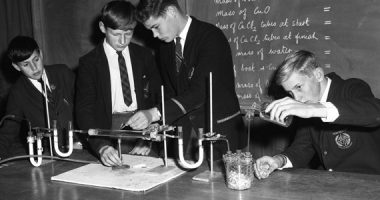
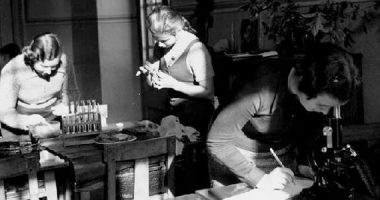
Leave a comment